Both Early and Late Windflower have been growing here for several years. As many will know, they are extremely vigorous, growing very fast into a large clump with a lot of stems and flowers. They are highly recommended for any gardener as they have so many good characteristics: easy to grow, healthy, different and pretty. They arose from the cross P. anomala x P. emodi. Different mother plants (veitchii, beresowskyi) all considered anomala now, they are very alike and I never saw any difference between them, except for their flowering time.
Several years ago I obtained some P. emodi seeds from Will McLewin, a British peony species specialist who has since focused more on shrubby species. Two of these have grown into mature plants that flowered the first time in 2016. Not too many stems and when in flower I didn’t see any difference with the Windflowers. It is well-known that many P. emodi plants sold are in fact one of the Windflowers. How to tell the difference? In 2016 I didn’t see any difference except for the fact that the Windflowers grow like weed and P. emodi not unfortunately, though it still stood healthy looking. I regret the fact that I lost the images I took that year of this plant. There was one big difference later that year, P. emodi produced ample seeds, the pods were filled with them. The Windflowers with their lots of flowers produced none at all here. So what I have must be the true P. emodi (since the Windflowers hardly if ever produce seed, you’re quite safe when starting with seeds). But in 2017 there was a late frost and these destroyed the flowers of my P. emodi, thus I didn’t have any seeds that year. Strangely enough the Windflowers had none of this late frost damage and flowered profusely as ever. How can you tell the difference between them both if you have no seeds (or flowers)?
Let’s look for help from the real experts then, this is what Martin Page, author of several peony books, has to say on the matter:
“The true P. emodi is a much bigger plant, which can be distinguished by having larger flowers and broader leaflets, but the difference is sometimes difficult to appreciate until you have seen the Himalayan peony “in the flesh”.”1
I cannot remember whether the flower of P. emodi was larger, but if it was, the difference can’t have been large, otherwise I would surely have noticed it. Broader leaflets are also something I didn’t notice, so how can we see the difference? Well, last evening I had a splendid idea, a rare occurrence, and decided to compare them from very close. Both Early Windflower and P. emodi were harvested and divided last year, so I only had several young plants, P. emodi without any buds, Windflower a few. I took some of the largest leaflets at the bottom of the stem from both and compared them closely.
At first I was disappointed, they are very alike. Larger or broader is not the word I would use for any of them, it seems the largest plants simply give you the largest leaf. The colour is alike, both above and below. Indumentum all the same (glabrous). Division of the foliage seemed the same as well, both biternate (every leaf is twice (bi) divided into three (ternate) parts).
Then something caught my eyes. The segmentation at the top of the leaflets. You wouldn’t notice it immediately as both are heavily segmented and the difference between a lot and a large lot is easily overlooked. But then I started counting (four large leaves from each cultivar/species). You’re free to do the counting yourself (although it’s more difficult on an image, but the difference is clear):
| P. emodi leaves | ||||
| Total segments/leaf | 1st leaflet | 2nd leaflet | 3rd leaflet | |
| 17 | 6 | 5 | 6 | |
| 22 | 7 | 6 | 9 | |
| 14 | 5 | 5 | 4 | |
| 23 | 6 | 10 | 7 | |
- E. Windflower
- E. Windflower
- E. Windflower
- E. Windflower 19 – 18 -18
| Early Windflower leaves | ||||
| Total segments/leaf | 1st leaflet | 2nd leaflet | 3rd leaflet | |
| 54 | 21 | 14 | 19 | |
| 45 | 13 | 17 | 15 | |
| 45 | 15 | 14 | 16 | |
| 55 | 19 | 18 | 18 | |
From this it is clear that the Windflowers are much more segmented and they can be easily distinguished from P. emodi this way. The extra segmentation comes from P. anomala. As Hong De-Yuan, Chinese peony expert, would describe it: “Paeonia emodi differs from P. anomala in having the leaflets/leaf segments no more than 30 in number (as opposed to 70 to 100).”2 He also says that P. emodi is characterised by leaf segments numbering between 15 to 27, which fits my findings well (except for the one with 14 segments, but it’s pretty close still).
Thus, if you see or own a plant which you doubt is the true P. emodi, I would recommend using this distinguishing character to check. Below is an example of them both next to one another, each of them the upper part of the leaflet (2nd leaflet in the table above, it is easier to count the segments from only this part of the leaf when using an image). A test for you: which one is the true P. emodi and which one the pretender?3 Click on the image to enlarge it, that might help :-)
Flow-Flow admin info: Please choose stream layout on options page.
- Page, Martin. “The Gardener’s Peony.” Cambridge: Timber Press, 2005, p. 44-45.[↩]
- Hong, De-Yuan. “Peonies of the World. Taxonomy and phytogeography.” Kew: Royal Botanic Gardens, 2010, p. 118-120.[↩]
- The answer is pretty obvious, the left one has 18 segments whilst the right one has 10 segments (both are part from the last line on the table above), and thus the left one is part of a Windflower leaf, whilst the right one is the true species P. emodi.[↩]
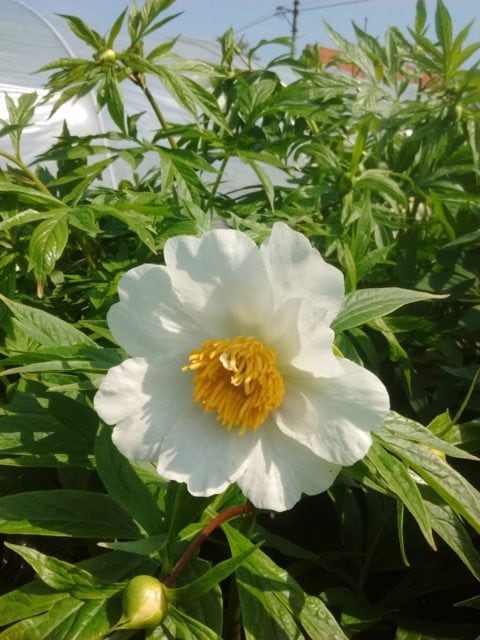
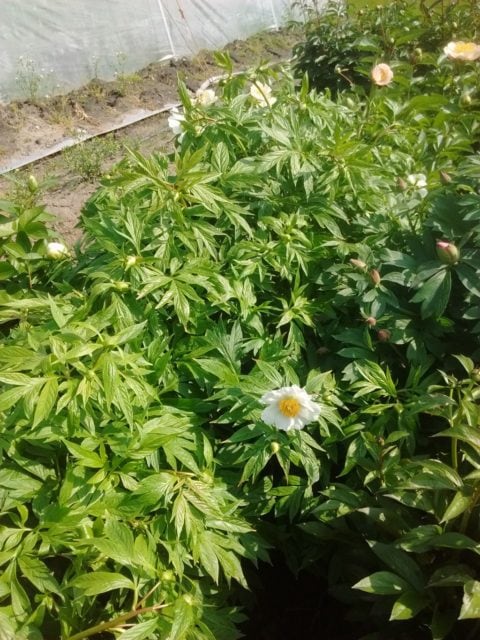
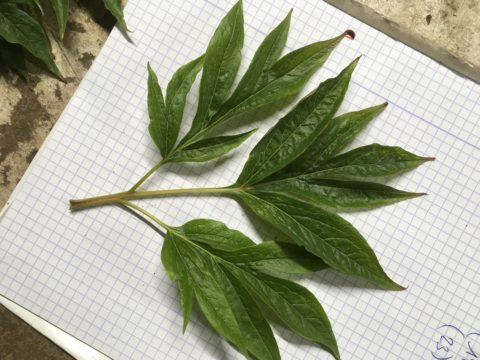
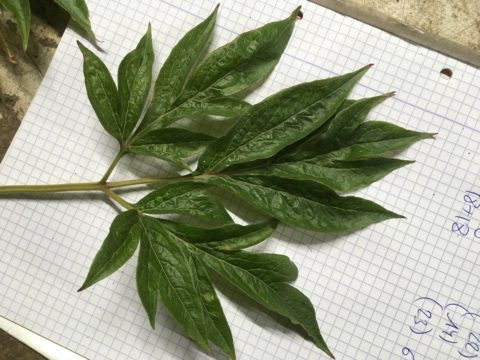
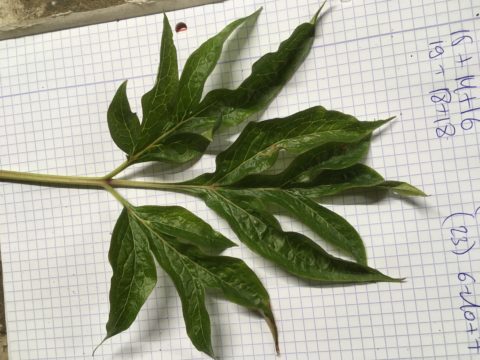
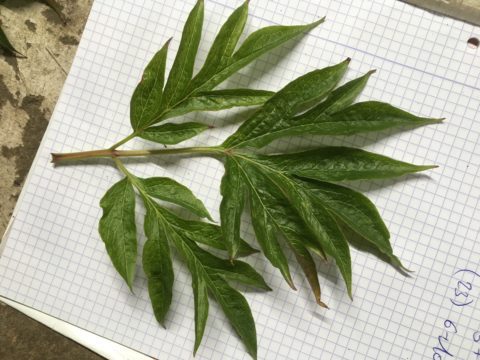
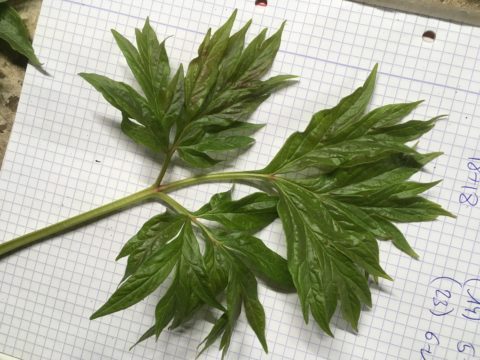
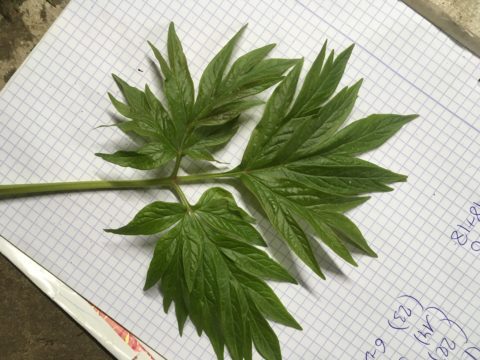
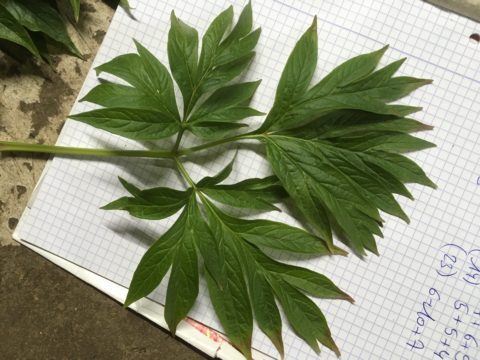
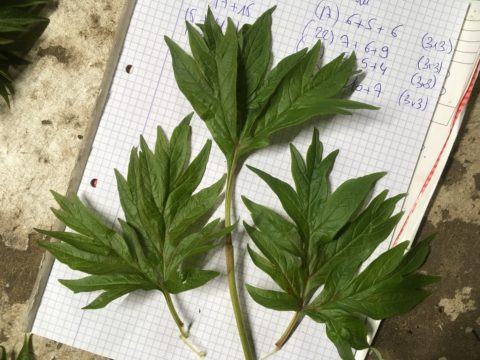
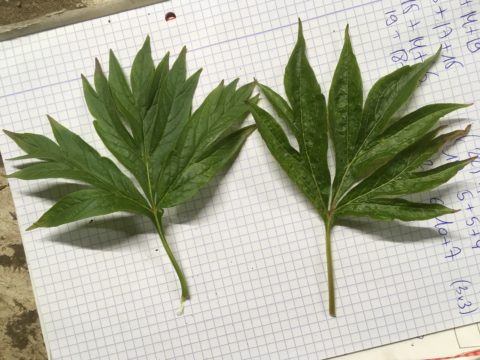
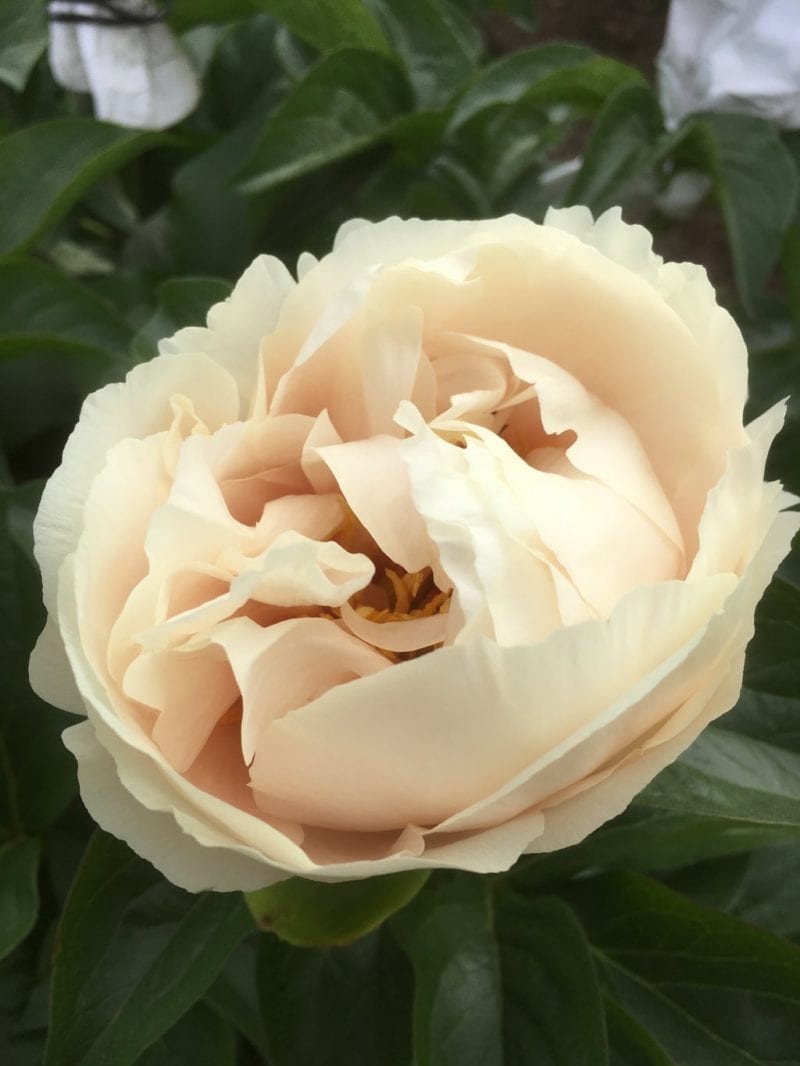
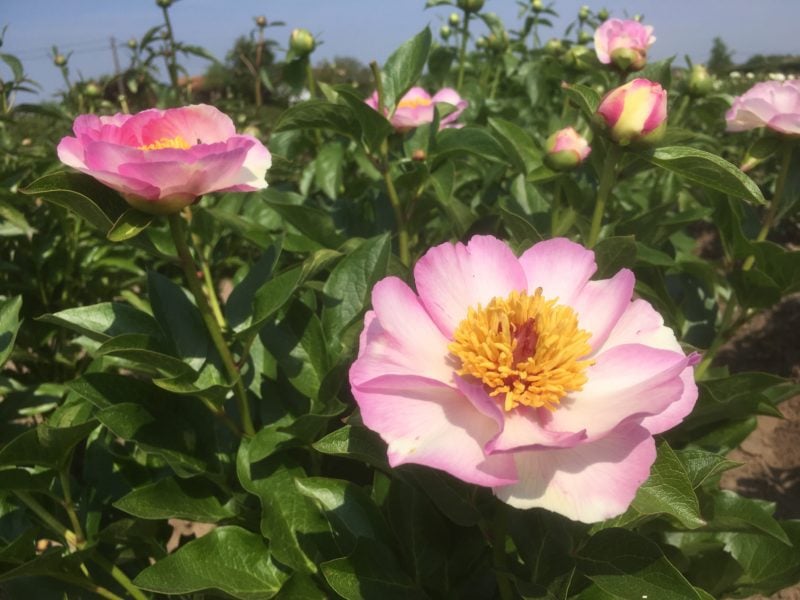
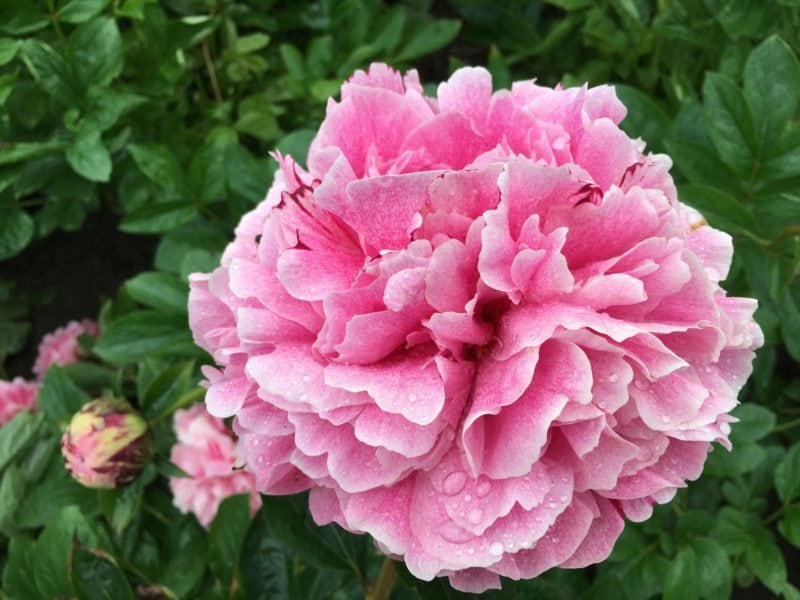
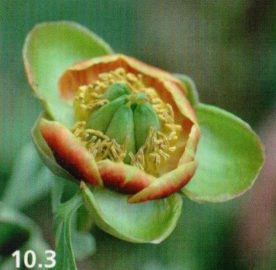
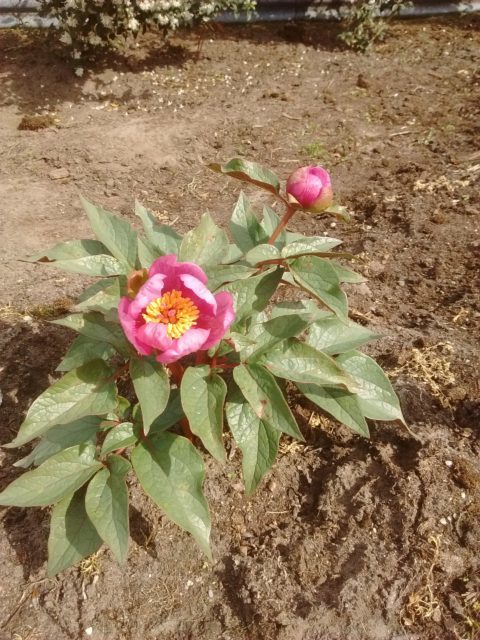
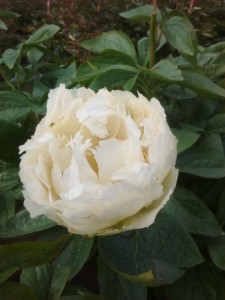
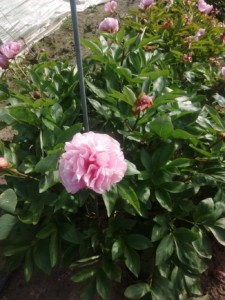
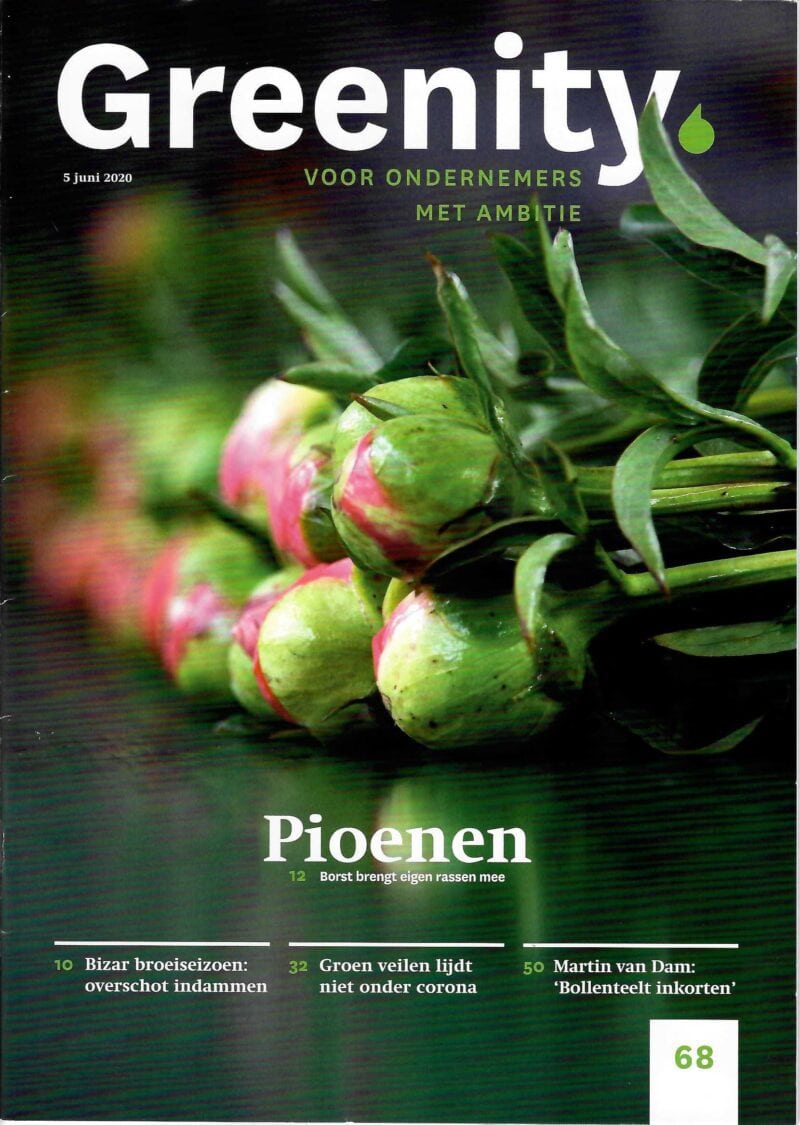


Vigor is right ! These are very shy to make seeds, but the few seeds that I have gotten have produced some the very most vigorous seedlings that I’ve ever grown, in all my years of growing seedlings.